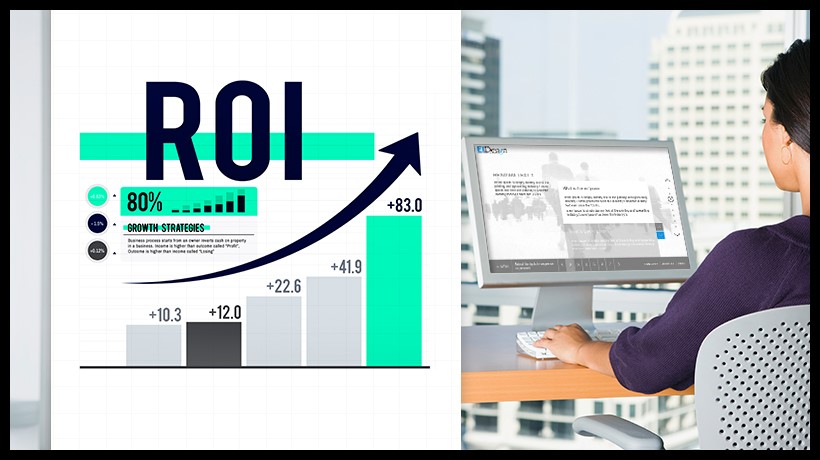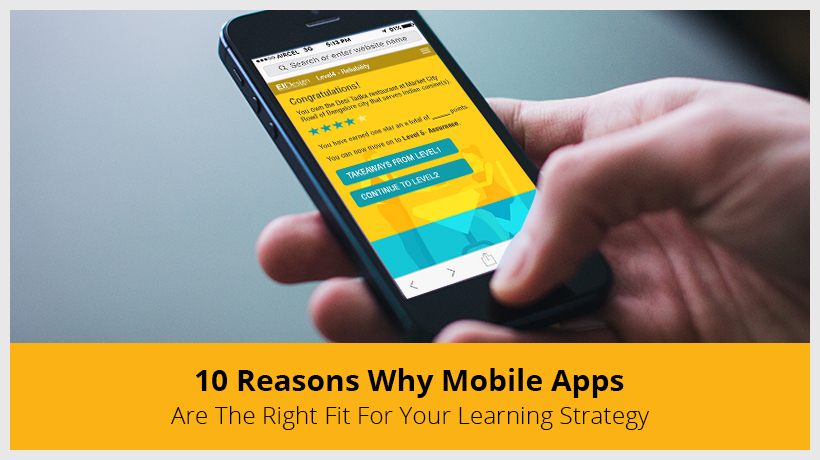
Ongoing work from home mandates make it increasingly challenging for L&D teams to deliver effective learning support to remote learners today. In this article, I show you how you could leverage social learning for your remote learning programs.
What Are the Challenges with Existing Workplace Learning Programs?
The current “new normal” mobility-restricted work environment has created an evolving dynamic for remote workplace learning. (Although, prior to this, we were already witnessing changes as technological advances have enabled workers to change how they work). In many organizations, work cycles have moved beyond the traditional 9-to-5 model. Employees work on the go/from home and work anywhere, anytime. This paradigm shift, in how employees work, has also impacted social learning in the workplace.
Simultaneously, there’s a concerted effort on the part of organizations to stay competitive through cost-cutting measures. L&D teams are under pressure to cut budgets, trim headcount, and still deliver to a tough mandate of continuous workplace learning. Over time, while the need for individual training support has increased, L&D teams struggle to determine how to provide such personalized support.
Clearly, traditional learning approaches just won’t cut it. That’s why more organizations are turning to models that leverage remote learning programs to address these challenges.
How Can Social Learning Help You Solve These Challenges?
As a result of lockdowns and stay-at-home directives, many remote learners today feel increasingly isolated and cut off from their traditional learning support groups.
But social media networks are changing that.
- Social media platform-driven remote learning is adept at creating networks of like-minded learners who support each other through common learning challenges.
- Sometimes, accelerated learning occurs as a result of ideas or advice generated through social interactions amongst a group or colleagues and peers.
- In the spirit of peer-to-peer support, employees on social networks share best practices and tips and tricks directly amongst themselves, relieving the need for trainers to act as go-betweens.
Remote learning programs free learners from overly depending on over-stretched trainers to decipher complex concepts for individual consumption. Instead, they empower learners to provide real-time feedback to each other and to collaborate, not just on their personal learning journeys but also while executing tasks on the job.
The competitive nature of today’s workplace, and unbelievably short business change cycles, means one thing – A growing emphasis of L&D teams to continually train their workforces to prepare for constantly evolving business landscapes. It also means trainers must support the workers at the time of need with job aids and performance support tools, so employees may effectively change older learning habits and embrace new ones. Remote learning programs that can leverage social learning can indeed help L&D teams deliver these multi-faceted corporate mandates.
Why Should Social Learning Be an Essential Part of Designing Learning Journeys?
According to the 2020 U.S. Bureau of Labor Statistics (BLS) figures for employed persons by occupation and age, nearly 56% of those employed are between the ages of 16 to 44. This large demographic of young workers, impacted by widespread shelter-at-home mandates, need alternate remote learning models to continue their learning journeys – and social learning offers that alternate.
There’s also credible science behind why social learning is a critical part of an effective learning journey. In the late 1980s, three researchers from the Center for Creative Leadership, Morgan McCall, Michael M. Lombardo, and Robert A. Eichinger, proposed an interesting research-backed learning model known as the 70:20:10 model. According to their research, corporate learners obtain:
- 70 percent of their learning from on-the-job experiences.
- 20 percent of their knowledge from interactions with others.
- 10 percent of their learning from structured or formal training.
Because today’s workforce is younger than ever before, and millennials (over 59% of them) embrace social media more vigorously than the rest of the population (29%), it makes perfect sense for L&D teams to leverage social learning. There are real numbers to prove that social networking platforms really work when leveraged for learning. A Harvard Business School new online education initiative with the introduction of social learning saw 85% completion rates, compared to single-digit success for MOOCs.
Younger learners spend a significant part of their day – both during work and away from it – communicating, cooperating, and conversing through their social presences. The use of remote learning programs, therefore, puts learners on a path to continuous learning. It triggers learning through collaboration with peers and through on-the-job and after-work interactions with social networks.
How to Drive Social Learning in the Remote Workplace?
The pervasiveness of WFH doesn’t necessarily mean remote workers must put their learning on hold. One of the best approaches to leverage remote learning programs is by creating a multi-channel “Learning and Performance Ecosystem.” Instead of relying on single-domain corporate Learning Management Systems (LMSs), L&D teams should pursue multiple learning platforms that offer better opportunities for social interaction among learners.
To drive social learning in the remote workplace, trainers should consider:
- Re-imagining the use of vastly existing corporate knowledge bases and making them available through social media pages and knowledge-sharing apps.
- Offering personalized learning paths that allow learners to access carefully curated content.
- Creating an ecosystem of User-Generated Content (UGC), where more experienced learners support their less experienced peers by sharing proven tools, templates, and best practices within a social media network.
- Facilitating learning on social platforms through moderated discussion forums.
- Allowing learners to use social media accounts to reach out to mentors, coaches, and SMEs using an “in-the-time-of-need” model.
- Building communities of interest where learners may congregate and learn from each other’s experiences.
- Embracing mobile learning to encourage anytime, anyplace, on-the-go learning.
- Using social media apps that can offer point-of-need learning and performance support tools.
- Leveraging microlearning, by offering bite-sized content to learners, to drive remote learning programs in the workplace.
Changing social norms, the universality of pandemic-enforced “new normal” remote work, a shift in how employees view “work,” and rapid enhancements in technology have changed the workplace landscape. And with that, a change in how employees learn has risen. With smaller L&D teams under pressure to support larger groups of learners, social learning has emerged as a way to empower learners on a continuous learning journey.
I hope this article provides the required insights on applying social learning in remote learning programs that will help L&D teams deliver their corporate mandates.
Meanwhile, if you have any specific queries, do contact me or leave a comment below.
Read More
- eBook: eLearning Trends in 2021 – A Strategic Guide to Help You Create a Long-term Blueprint for Your Corporate Training Programs in the New Normal
- Planning for Success: Focus Areas for Training and Development Strategy in 2021
- Creating Powerful Employee Training With Social Learning – Featuring Microlearning Videos
- 24 Virtual Training Best Practices to Follow When Shifting to Remote Learning
- Change Employee Behavior in the Workplace with These 5 High-impact Corporate Training Strategies



